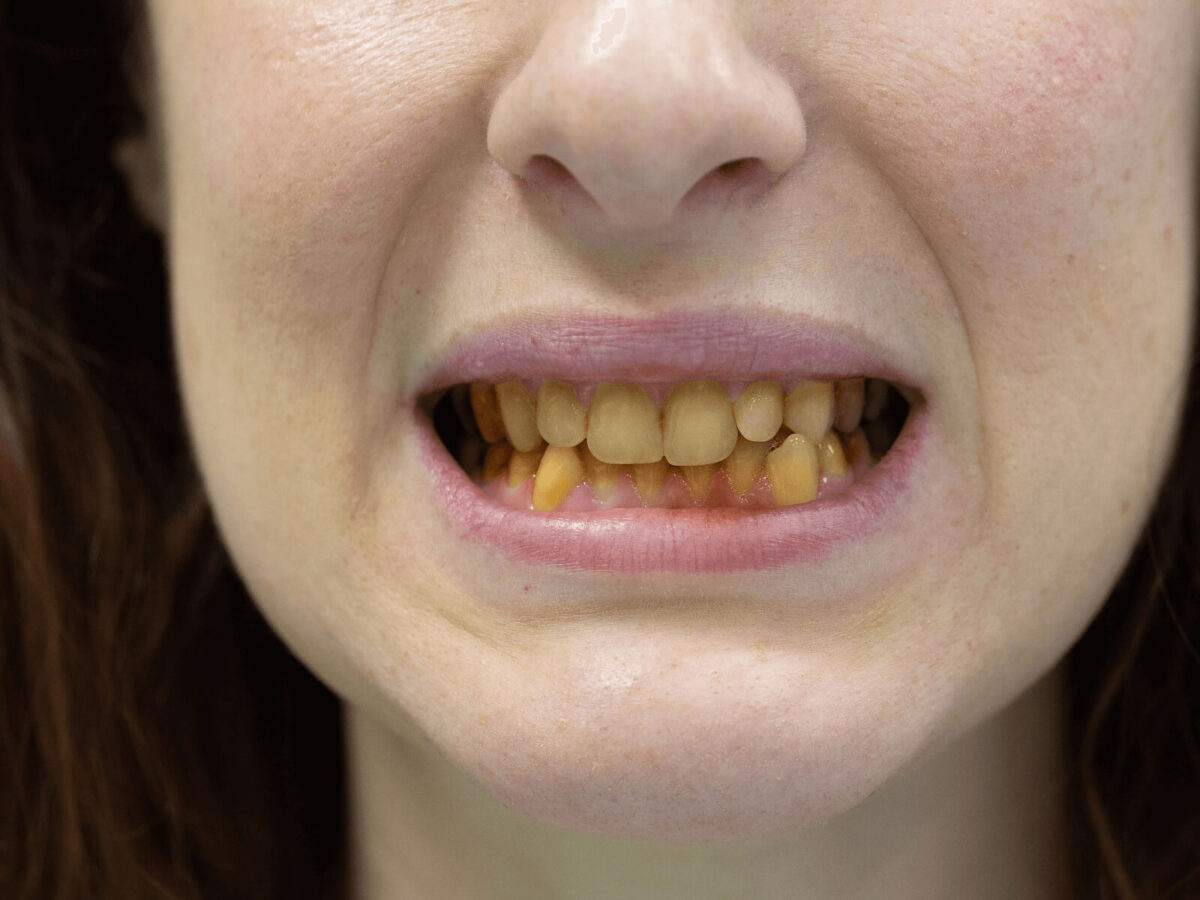Blog
Dental hygiene tips for healthy teeth & gums

How to Remove Tobacco Stains from Teeth?
Tobacco stains don’t just happen overnight. It happens slowly and gradually, you start to see it, a little yellow here, a darker patch there. Maybe brushing doesn’t seem to help much anymore. Be it cigarettes, cigars, or chewing tobacco, those stains can be really stubborn.
A lot of people try whitening toothpaste or mouthwash first. Some notice a small change. Others? Not so much. And that’s usually when they start wondering what else they can do, or if a visit to a Lytle Dentist TX might be the next step.
Why Tobacco Leaves Its Mark
Tobacco can be really nasty for your teeth, mainly because of two things: tar and nicotine. Once they mix with your saliva, they stick. The rougher areas of your teeth catch more of it, and over time, it builds up. First it’s yellow, then brown. For some, it can even start to look gray.
And the worst part is that it doesn’t just stay on the surface. These stains can actually penetrate into the enamel, which is why they’re so stubborn.
A Few Habits That Might Help
Let’s start with things you can actually do daily. These won’t help you erase old stains, but can help avoid new ones. Try things like:
- Swishing water around your mouth after a smoke
- Brushing twice a day with a soft-bristled toothbrush
- Choosing a toothpaste that has gentle abrasives
- Chewing sugar-free gum to keep your saliva flowing
- Drinking dark beverages (like coffee) through a straw
Little changes, sure, but they can add up.
Remedies For People to Try at Home
Let’s discuss some home remedies. You’ll find many suggestions online. Some of them are okay in moderation, others can do more harm than good if you’re not careful.
Here’s what people often use:
- A paste made with baking soda and hydrogen peroxide (once in a while, not every day)
- Whitening toothpaste with low-abrasion polishers
- Over-the-counter whitening strips
- Coconut oil pulling (some folks swear by it, but results vary)
Just a heads-up: Too much whitening, especially with stronger chemicals or scrubbing, can wear down enamel and make your teeth more sensitive.
When It’s Time for a Professional Cleaning
If you’ve been trying stuff at home for a few weeks and still aren’t seeing much difference, don’t beat yourself up. It might just mean the stains are deeper than what DIY options can reach.
This is where Professional teeth cleaning really makes a difference.
A hygienist uses tools that reach below the surface, scraping away hardened buildup (called tartar) that traps stains. Some offices use ultrasonic tools or polishing sprays to tackle tougher spots.
Why pro cleaning helps:
- Gets rid of what brushing can’t touch
- Smooths the surface of your teeth, which helps prevent more buildup
- Gives your dentist a chance to spot other early issues
What About Whitening at the Dentist’s Office?
Even after thorough cleaning, sometimes you want more. That’s when in-office whitening comes into the conversation.
Dentists use stronger gels than anything sold in stores, and they know how to apply them safely so your gums don’t get irritated. You might see results in just one visit.
A few methods they might suggest:
- Whitening gels activated by special lights
- Custom trays you wear at home with a dentist-approved whitening solution
- A combination of in-office treatment and at-home follow-ups
Ask your dental provider what they recommend. Everyone’s teeth respond differently.
How Long Does It Take to See a Change?
Honestly, it depends. If the stains are fairly new and only on the surface, you might notice improvement in a couple of weeks using home care. But if they’ve been there for years? Professional cleanings and possibly whitening treatments will likely be needed, and results might take a little more time.
Either way, keeping up with your routine is what keeps the results going.
What About Pens, Gels, and Whitening Kits?
You’ve probably seen the ads. Whitening pens. Gels with LED lights. Quick fixes in a box.
Some people find them helpful for small touch-ups. Just remember:
- They work best on surface stains
- They won’t do much for deeply set discoloration
- They should be used with care (don’t overdo it!)
If you’re using them right after a professional cleaning, they might help keep your smile bright a bit longer.
When It’s More Than Just a Stain
Every now and then, what looks like a stain isn’t actually one.
Pay attention to things like:
- Spots that don’t brush away at all
- Discoloration that seems to change in shape or color
- Bleeding gums, pain, or anything that feels “off”
In those cases, it’s smart to get it checked. Dentists don’t just clean teeth—they catch early signs of other issues, too.
How to Keep the Stains Away
Once your teeth are clean, the goal is to keep them that way as long as you can.
Here are a few things that help:
- Brush and floss daily (yes, flossing really matters)
- Rinse your mouth after smoking or chewing
- Try to limit dark drinks like coffee or red wine
- Go for professional cleanings twice a year
- If you’re thinking about quitting tobacco, ask your doctor for help. It’s tough, but doable
Final Thoughts
Just because your teeth are stained doesn’t mean the damage is permanent. It might take a little time and the right approach, but those marks can be handled. You might get a little help from some of those home tricks, but if the stains have been around for a while, they usually need more than that.
Not sure where to begin? That’s okay. Sometimes, just getting in touch with someone who deals with this stuff every day is the best first step. A local team, like the one at Lytle Dental Office TX, can walk you through the next steps, no pressure, just real solutions.


